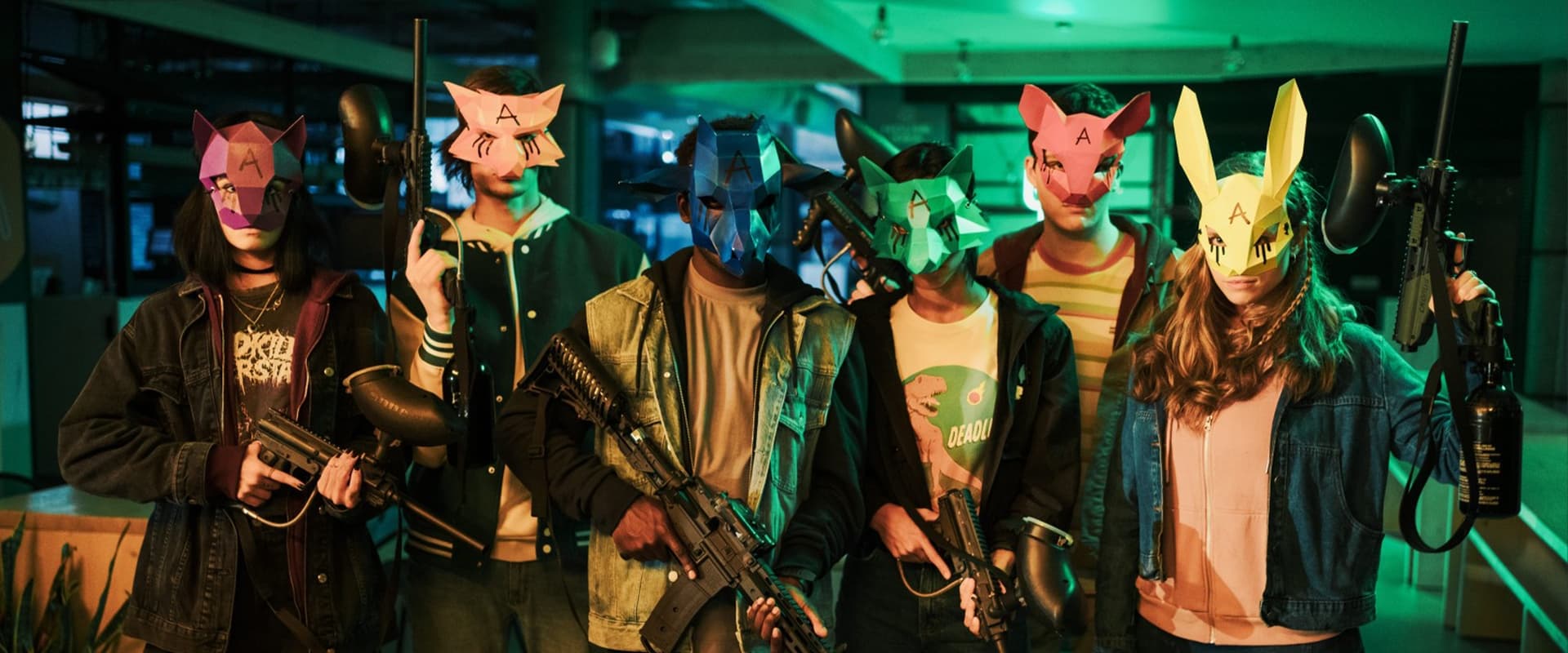The Count of Monte Cristo (2024) doesn’t just dust off Alexandre Dumas’s tale for a new generation—it dips the whole battered novel in a vat of cinematic dye, wrings from it every drop of opulent color and feverish pain, and gives us a revenge saga with enough pulse to rattle modern audiences out of their collective torpor. You sit down expecting Masterpiece Theatre—the kind of earnest, upholstered adaptation that suffocates on its own handsomeness—and instead the film throws you headlong into the glare and grime of 19th-century France, daring you to blink.
Let’s get the harrowing runtime out of the way: yes, it’s three hours, and yes, the prospect of a three-hour costume epic is usually enough to send even the stoutest movie-lover flirting with thoughts of escape. But don’t fold your map and scuttle off just yet. What director (whoever deserves the credit here—I’m tempted to call out the whole costume department as secret auteurs) achieves is less a slog and more an extended pulse, a novel writ large in panoramic shots and intimate betrayals. The thing breathes—sometimes in ragged, gasping sighs, sometimes in great, swooning lungfuls.
From the first frames—our hero embarking in unguarded hope across a world split right down the middle between velvet-rich drawing rooms and the squalid echo chambers of a prison cell—the movie lets its camera roam. The aristocrats gleam like lacquered pastries; the prisoners look dipped in old coffee grounds. It’s a visual dialectic that does what all good movies about vengeance do: it makes us taste the sweetness of privilege and the rot at its core. Pierre Niney slips into Edmundo Dantès’s skin as if he’s been waiting for this all his life. There’s a naivete in those early scenes that makes his later bitterness so much more piercing—he doesn’t snarl and cackle his way into revenge; he bleeds into it, piece by piece. Niney gives us the fluttering hope and the downward spiral, the kind of performance you can feel from the back row: raw, wounded, clever, and, finally, edged with something almost monstrous.
Where the film really startles is in its devotion to character. So many period epics give you history by the yard—banners waving, extras milling, and gods help you if you want an actual human relationship at the core. But here, you get Dantès and Mercédès and the oily complicity of Fernand as living, squirming figures, their inner lives stitched into every glance. It’s the emotional texture that catches you unaware, as if the story’s bones—betrayal, broken friendship, impossible longing—had been soaked in brandy and tindered up for a new kind of ignition. When Dantès finally unfurls into vengeance, you almost miss the boy he was. Niney’s cunning is not cold; it’s desperate, fearful, and alive. You feel for him, even as you dread what he’ll become.
Pacing? For the most part, it’s a fever-dream with just enough moments of exhaustion to let the blood pump back into your fingertips. The movie moves like Dumas’s own serialization: chunks and chapters, cliffhangers tumbling one after another, but with the courage to slow down and let the pain linger. Yes, it peaks a little too soon—by the last half-hour the film is racing around the track, scissors in hand, snipping off subplots with a kind of frantic, unearned neatness. It’s the perennial weakness of the sprawling epic: after three hours of circling complexity, we’re left tightening knots with one hand while waving goodbye with the other. A few final notes ring false, but after so much grandeur, you can almost forgive the hurry.
But what a sight! The film is a painter’s riot—opulent ballrooms where gowns unfurl like spun sugar, dungeons that look carved from grief itself. The visuals are a seesaw ride between the world’s promise and its pitfalls. Every shift in lighting is a moral reckoning, every costume a provocation. The composer’s score (part cavalry charge, part lullaby) burrows into your ribs, swelling in the right moments, letting the silences speak where simple dialogue would fail. This is the rare epic where sound and vision are in real, sweaty partnership: together they bring Dantès’s wrenching journey to fever.
Of course, the real sting—what sets this new Monte Cristo apart from a dozen dusty retellings—is how much it aches over the business of revenge. This isn’t a bloodless chess game; it’s a meditation on justice, on whether the old dream of vengeance can ever do anything but poison the well. Every act of retaliation leaves a bruise that never quite fades from the screen. It’s rare for a movie this big to let its hero’s triumph feel so close to a kind of damnation. You wonder by the end whether the real prison wasn’t built of stone, but of memory.
Is it perfect? Hardly. Some viewers will grumble over threads left frayed, the hurried stitching of consequences as we tumble toward the finish. But what stays with you isn’t the untied laces; it’s the heat left radiating from every major scene, the sense of tragedy that seeps out through the gorgeous distractions. This is a movie that leaves your hands shaking and your chest heavy—a proper, grown-up epic that respects its source material enough to argue with it, and maybe even to surpass it. Not just an adaptation, but a resurrection.
So see it. Carve out your three hours, embrace the grandeur, the mess of feelings, the operatic showdowns. You’ll come out blinking, a little battered, but richer for it. If only movies could always burn this bright.


